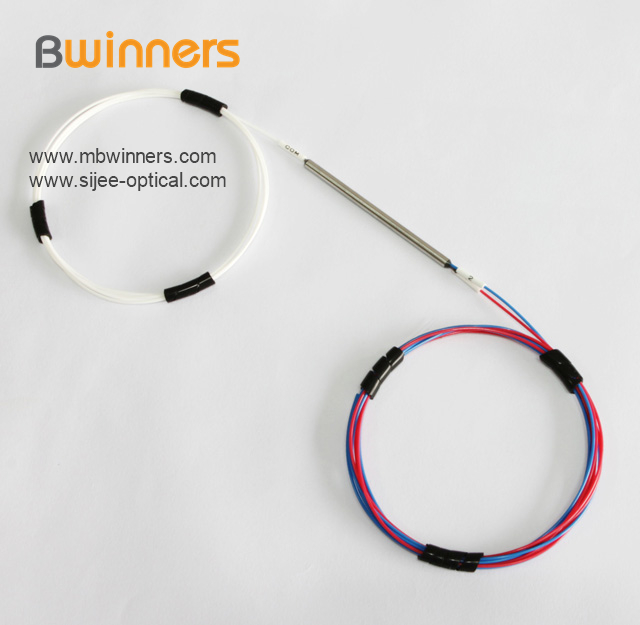Solar street lighting products should include lawn lights, garden lights, solar street lights, solar advertising light boxes, and so on. Solar street lights are typical of this type of product. The promotion of solar street lighting products is limited by the price and structure of solar cells. However, as human beings develop and utilize new energy sources, especially solar energy, their applications are getting more and more attention. The solar street light is taken as an example to analyze the design and application of this type of product.
2 The design of the light source and the light pole is based on the requirements of the lighting industry. The lighting requirements of the street lamps used in different occasions should be in accordance with Table 1. The definition of the average illumination and the light distribution curve of the lamps, the arrangement of the lamps, the brightness of the lamps and The area of ​​the lighting area, etc., is more complicated and will not be introduced here. Uniformity is defined as the ratio of the minimum illuminance value to the highest illuminance value in the illumination area.
The actual measurement shows that when the height of the 9W DC energy-saving lamp is 2.4m, the illumination of the surface under the lamp is 8lllx. The illumination of the street lamp used according to the irradiance and distance table 1 is the level of the road illumination average illumination / lx uniformity The inverse square of the sidewalk of the main road of the expressway main road, the power of the DC energy-saving lamp used in different twists can be approximated.
From the following section on the design of solar cells and batteries, it can be seen that the height of the integrated solar street light (the solar cell module is mounted on the street light pole) is limited. For example, the lamp height is 4m, and the solar cell module generally needs 70140Wp. The solar cell module installation temperature is less than 5m, and the solar cell module has a windward area.
61.2m2, therefore, it has a very high requirement for the wind resistance of the pole, and also forms a structural limitation in appearance. Due to the limitation of the pole of the lamp pole, it is difficult for the solar street lamp to meet the requirement of uniformity of the road lighting. The solar street lamp is generally only suitable for the branch road and the residential road lighting.
The luminous efficiency of the AC energy-saving lamp is greater than that of the DC energy-saving lamp. Therefore, there is a debate about whether a DC light source or an AC light source is used in a solar street light. To use AC energy-saving lamps, you need to consider 15% 25% inverter loss, and also consider the impact of power factor on power consumption.
The use of AC lamps in solar street lamps, combined with inverter efficiency, brightness degradation caused by power supply waveform distortion and power factor matching loss, the total system conversion efficiency may be reduced by 40% 50%. Due to the existence of inverters, AC energy saving lamps add a source of failure. Because inverters in solar street lighting products are small inverters, most of them use a simple circuit structure. As can be seen from Table 2, sodium lamps commonly used for road lighting, especially metal halide lamps, have higher luminous efficiency. However, at present, low-power sodium lamps are only 50W and 70W, and low-power metal halide lamps are only 35W and 70W, which is difficult to meet the requirements of various use conditions. A new type of electrodeless gas discharge lamp with a luminous efficacy of 60 lm/W may be one of the preferred light sources for solar street lamps in the future, but the current price is relatively low.
Table 2 luminous efficacy of various types of light source (from the manufacturer's product description) name incandescent lamp white light diode DC energy-saving lamp electronic energy-saving lamp electronic energy-saving lamp fluorescent lamp electrodeless gas lamp high-pressure sodium lamp high-pressure sodium lamp metal halide lamp metal halide lamp power / w light Capacity design of Tongtong/Lm 3 solar cells and accumulators There are two ways to use solar street lighting products: one is to work regularly; the other is to work all night, in fact, balanced load mode and seasonal load the way. The balanced load is the load power consumption of each day of the year, and the seasonal power consumption of the children is seasonal. Let's take the Beijing area as an example to discuss different load situations. Monthly distribution of annual average solar irradiance in Beijing
FBT (fused biconical taper) is the traditional technology in which two fibers are placed closely together, typically twisted around each other and fused together by applying heat while the assembly is being elongated and tapered. A signal source controls the desired coupling ratio. The fused fibers are protected by a glass substrate and then protected by a stainless steel tube, typically 3 mm diameter by 54 mm long. FBT Splitter is widely accepted and used in passive optical networks.
Advantages:
The product is well-known and is easy to produce, thus reducing the cost of production.
Splitter ratios can be customized.
Can work on three different operating bands (850nm, 131 Onm, and 1550nm).
We provide the whole series of 1xN and 2xN splitter products that are tailored for specific applications. fiber optic splitter plc, fiber optic cable splitter, optical splitter , Mini Type PLC Splitter, Cassette Type PLC Splitter, Insertion Module PLC are available.


FBT Splitter
FBT Splitter,Fbt Splitter Coupler,FBT Fiber Splitter,FBT coupler
Sijee Optical Communication Technology Co.,Ltd , https://www.sijee-optical.com